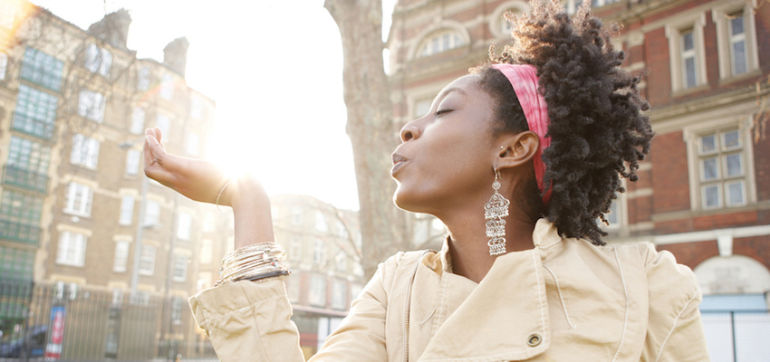Most of us have found at one point or another that sleeping isn’t always easy. You might overthink your sleeping position, what happened that day, or worry about sleeping issues you’ve had in the past.
All of these can make relaxation difficult and prevent you from falling asleep.
Luckily, there’s one simple and easy technique I’ve tried that helps me relax in bed, and I bet it can help you too.
Why Is It So Hard To Just Relax?
Sleep and relaxation psychology is fascinating because unlike lifting a weight or working on a project, trying harder to relax usually makes you more tense. Trying hard is, by definition, not compatible with relaxation. But because “trying harder” is how we solve many other problems, we often try to relax this way.
We have to train ourselves to solve this problem different.
The Relaxing Staircase Technique
The goal of this technique — which is the only one that works for me to relax in bed — is to incrementally relax yourself, in steps.
Here’s how it works:
1. Inhale, but don’t worry about relaxing or even try to relax while doing so.
2. As you exhale, relax your muscles. Visualize your body becoming slightly more relaxed as you breathe out. The goal is to be slightly more relaxed after your exhale than before you began.
3. If you’re aware of your tension areas (these are usually your shoulders, face or jaw, hands, legs and feet or your abdomen) you can alternatively target one area and focus on relaxing that part of your body.
4. On your next inhale, again, don’t worry about relaxing or any lingering tension. It’s OK if you start to tense up again. This is your “free” period, when you’re not obligated to do or try anything.
5. On your next exhale, relax slightly again.
Repeat these five steps for as long as you need to.
Simple, right?
Here’s Why It Works
Exhalation is conducive to relaxation. Even the downward motion of exhaling fits with the downward movement of a relaxed jaw and shoulders (common tension strongholds).
The reason that “trying to relax” usually doesn’t work is because the harder you try, the more pressure builds. You’ll consciously try to relax and notice that you’re not relaxed yet, so you keep trying, and when that doesn’t work, you try harder. Meanwhile, you’re fully aware that you’ve been trying and failing to relax, and the pressure keeps building! Ah! Tension!
Achieving true relaxation is a gradual process. This method overcomes the problematic cycle because you’re no longer constantly trying to relax. You’re relaxing at very specific moments (during the exhale) when it’s easier for your body to do so. You don’t have to try to completely unwind with each breath, either. Then, the “off time” (inhale) when you’re not trying to actively relax is critical because it immediately relieves the pressure for you to relax more.
It’s like walking down a staircase, pausing briefly after each step. And with each step, you’ll see your progress and gain confidence in your ability to decompress further.
Relaxation is strongly tied to confidence. When it comes to relaxation before bed, you have to be confident in your ability to relax in order to actually relax. This technique builds your relaxation confidence if it’s low, with each exhale being an easy opportunity to settle down just a little bit more.
Try this technique right now. You can be sitting at home or at your desk. It works there too! Each exhale is one more step towards complete relaxation, and you might arrive sooner than you’d think!
Source: http://www.mindbodygreen.com/0-15255/the-easiest-5-steps-to-relax-before-bed.html
- Glory Casino и Казахстане: Официальный Сайт Казино Глори - April 23, 2024
- Tatlı Bonanza: A Tumbling Slot Machine Ücretsiz Döndürme - April 23, 2024
- 1win Azerbaycan Giriş Login & Qeydiyya - April 22, 2024

